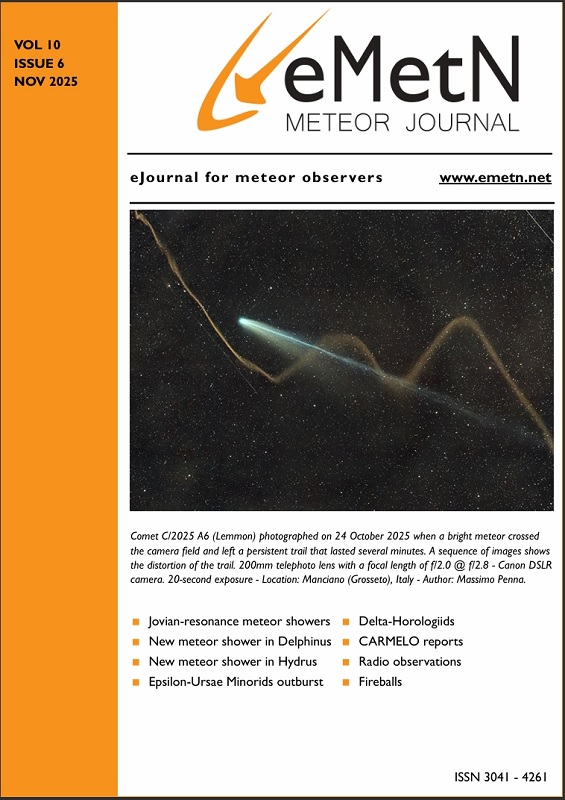Recently we build a program to assist double cameras coverage configuration. The DOCCA (double camera configuration assistant) software is in its first version, and is based on mathematica language, but yet helps the network to improve double detections meteors. It takes in account the distance stations, the high of an ideal meteor brightness, and an average ‘r’ factor for a typical shower.

The picture above shows the GUI of DOCCA program, in the example two Exoss stations/cameras of Rio de Janeiro state north region are being evaluated for the best position, SJU1 and CFB1 stations. The temperature map indicates how good is the elevation angle, and the range of a typical meteor camera, of size 1/3″ sensor, in respect a certain chosen position.






